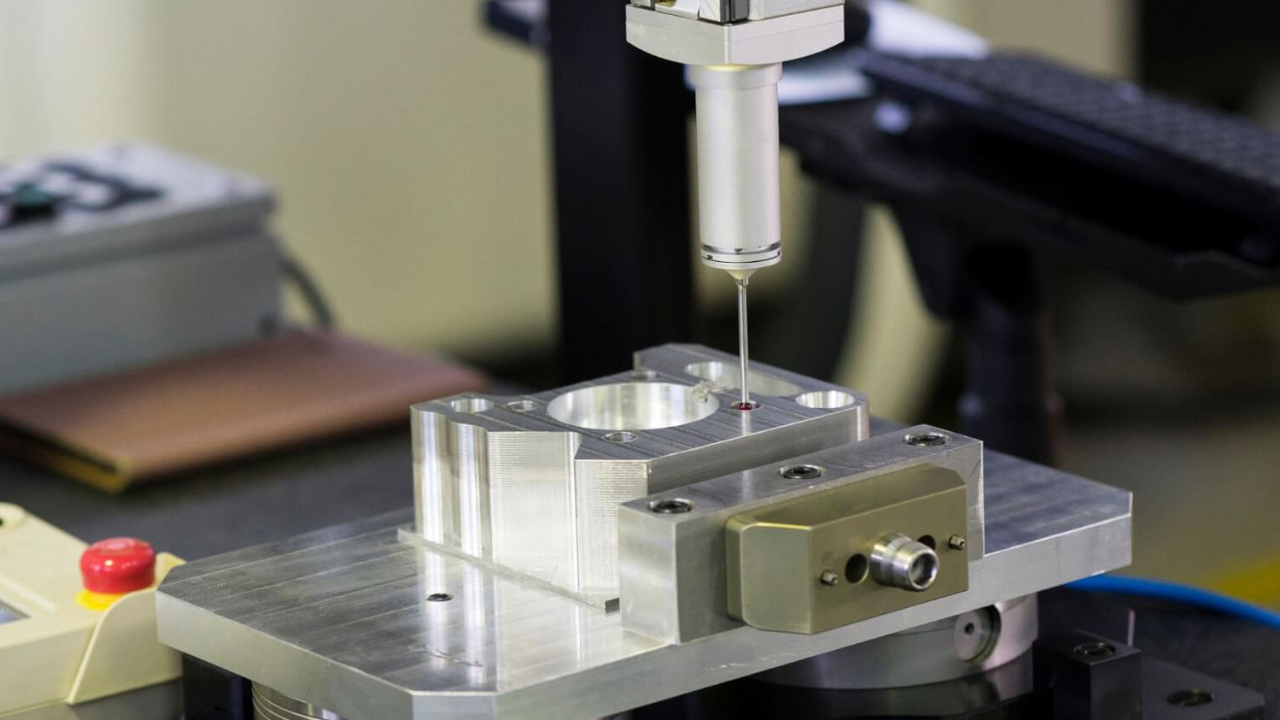CNC Machining tolerances are fundamental to the manufacturing process and guarantee that products fulfill functional and design criteria. Tolerances must be calculated and expressed carefully, considering manufacturing capabilities, material qualities, and design criteria.
In the end, accurate, dependable, and high-quality machined components are produced when tolerances are managed correctly. The quest for CNC machining precision necessitates a thorough comprehension of the various types of tolerance, each suited to certain characteristics like form, size, orientation, and placement.
As a standardized approach, Geometric Dimensioning and Tolerancing (GD&T) provides an advanced framework for expressing tolerances using annotations and symbols. The use of cnc machining tolerances becomes more crucial as manufacturing technologies develop, allowing businesses to create complex, high-performance parts that meet strict design requirements.
Types of Machining Tolerance
To ensure that components fulfill design criteria and functional needs, machining tolerances are crucial characteristics in the manufacturing business. As a key component of attaining accuracy and consistency, tolerances specify the permissible deviations in dimensions throughout the machining process. The many kinds of machining tolerances will be examined in this article, along with their importance and use in many production contexts.
Dimension Tolerance
The most fundamental type of tolerance is called CNC dimensional tolerance, which describes the permitted range in a machined feature's size. It expresses the allowable deviation from the nominal dimension as a range or a numerical value. A hole with a nominal diameter of 10 mm and a ±0.1 mm dimensional tolerance, for instance, permits a fluctuation of 9.9 mm to 10.1 mm.
Geometric Tolerance
A fundamental component of precision production, geometric tolerance looks beyond simple measurements to include the shape, placement, and orientation of machined parts. It uses symbols like straightness, flatness, circularity, and cylindricity, governed by Geometric Dimensioning and Tolerancing (GD&T), to make sure components follow predetermined geometric profiles.
Positional Tolerance
CNC Positional tolerance is important when features' precise locations are necessary for operation or assembly. It outlines the permitted departure from the nominal position while taking the angle and distance into account. Positional tolerance is frequently utilized with datum references, which are particular lines, planes, or points on a component that serve as measurement references.
Profile Tolerance
The overall form of a feature is the focus of CNC profile tolerance, which makes sure the feature follows the given geometric profile. It is also helpful for managing the form of intricate features or surfaces that are difficult to accurately describe using simple measurements. Straight lines, arcs, or a combination of characteristics can all be subject to profile tolerances.
Angular Tolerance
The term "angular tolerance" refers to the regulation of the permitted departure from a given angle. When exact angular relationships between features are important, tolerance of this kind is essential. To guarantee that mating components align correctly, angular tolerance can be defined for both internal and external angles.
Concentricity and Symmetry Tolerance
CNC Tolerances for concentricity and symmetry are crucial for cylindrical components like shafts and bearings. While symmetry ensures that a feature's geometric center and its axis of rotation coincide, concentration ensures that many circular elements share a common axis. For applications where balanced rotation and alignment are essential, these tolerances are crucial.
Surface Finish
The acceptable fluctuation in a machined surface's roughness or texture is referred to as surface finish tolerance. Surface finishes vary depending on the manufacturing method used, such as milling, turning, or grinding. The tolerance that has been specified guarantees that the surface will be smooth or rough enough for functional or aesthetic purposes.
Final Words
Achieving accuracy and consistency in the CNC production process requires knowledge of the many kinds of machining tolerances. Geometric tolerances, such as circularity, cylindricity, straightness, and flatness, give a more complex way to express tolerances than dimensional standards, which only offer a basic framework for managing size fluctuations. To control the positioning and general shape of features, positional and profile tolerances are essential.


